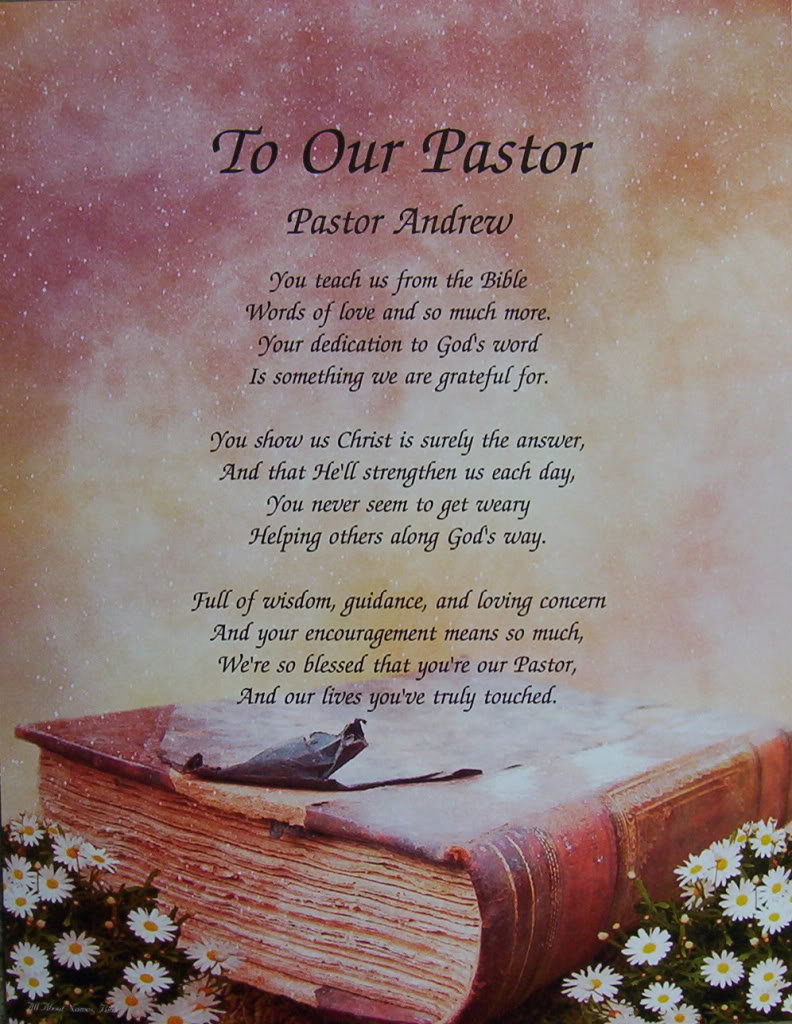

The setting is a locus amoenus, or a beautiful place in nature, sometimes connected with images of the Garden of Eden. The pastoral life is usually characterized as being closer to the golden age than the rest of human life. In literature, the adjective 'pastoral' refers to rural subjects and aspects of life in the countryside among shepherds, cowherds and other farm workers that are often romanticized and depicted in a highly unrealistic manner. Traditionally, pastoral refers to the lives of herdsmen in a romanticized, exaggerated, but representative way. Another example of this perfect relationship between man and nature is evident in the encounter of a shepherd and a goatherd who meet in the pastures in Theocritus' poem Idylls 1. In this artificially constructed world, nature acts as the main punisher. Ovid's Metamorphoses is much like the Works and Days with the description of ages (golden, silver, bronze, iron, and human) but with more ages to discuss and less emphasis on the gods and their punishments. This is the first example of literature that has pastoral sentiments and may have begun the pastoral tradition. This Golden Age shows that even before the Alexandrian age, ancient Greeks had sentiments of an ideal pastoral life that they had already lost. Hesiod's Works and Days presents a 'golden age' when people lived together in harmony with nature.

The third type of pastoral depicts the country life with derogative classifications. This is summed up by Leo Marx with the phrase "No shepherd, no pastoral." The second type of the pastoral is literature that "describes the country with an implicit or explicit contrast to the urban". The first way emphasizes the historical literary perspective of the pastoral in which authors recognize and discuss life in the country and in particular the life of a shepherd.

Terry Gifford, a prominent literary theorist, defines pastoral in three ways in his critical book Pastoral. Thus, pastoral as a mode occurs in many types of literature (poetry, drama, etc.) as well as genres (most notably the pastoral elegy). Paul Alpers distinguishes pastoral as a mode rather than a genre, and he bases this distinction on the recurring attitude of power that is to say that pastoral literature holds a humble perspective toward nature. Pastoral is a mode of literature in which the author employs various techniques to place the complex life into a simple one. The Young Shepherd, engraving using stipple technique, by Giulio Campagnola, c.


 0 kommentar(er)
0 kommentar(er)
